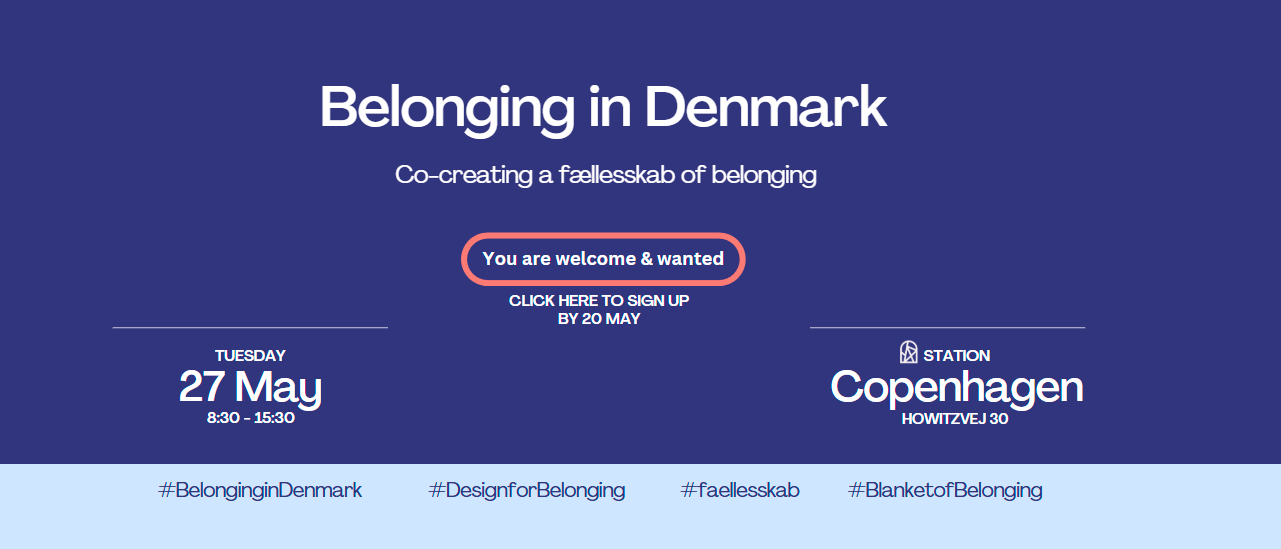Denmark is not immune to YouTube and the lucrative potential of building advertising campaigns around influencers – the stars whose channels are watched by hundreds of thousands of children on the platform every week, and the bloggers and Instagrammers whose advice causes stampedes at the shopping centres.
Two-thirds of children aged 7 to 12 watch videos on YouTube every day, reports DR, while Kristine Sloth, one of the country’s most followed Instagrammers, can potentially hit 40 percent of all 18 to 24-year-old women with an average reach of 28 percent.
It’s no wonder that traditional advertising is dying out fast.
Influencers are more credible
DR has taken note, and this week it has unleashed a flurry of stories examining the phenomenon, which has become really big business for YouTube stars such as Alexander Husum, Rasmus Brohave, Morten Münster, Armin, Kristine Sloth and Julia Sofia.
“Influencers have a higher degree of credibility than traditional advertising,” Morten Saxnæs, the head of social & brand activation at Advertising Agency & Co, told DR.
“If a girl with a fashion blog recommends some clothes, she has a direct influence on what her followers are buying. We see the products sell out immediately after they have been recommended.”
A growing business
Increasingly YouTubers are employing marketing managers to maximise their potential, and over ten companies have been launched in the last five years to cater to the demand, such as Splay, Gonzo Media and Hippo, while long-established agencies such as Egmont and Aller are now entering the market.
Gonzo Media, which has doubled or tripled its revenue every year since launching in 2014, is expecting a turnover of 25-30 million kroner this year.
“We hit over one million unique viewers a month on our platforms, and the majority are between 10 and 25 years old,” chief executive Martin Wiinholt told DR.
“It’s a target audience that the old-fashioned media do not get in the same way.”
Happy to support the stars
Jan Trzaskowski, a professor of marketing law at Copenhagen Business School, questions whether “it is appropriate for companies to use young, inexperienced influencers to talk about their products”. And concerns have been expressed over the way the advertising is presented.
However, most adhere to the strict guidelines and make it clear when it is an advert.
“The viewers tend to know that someone is trying to sell them something, but they are just happy that the YouTubers are making money,” said Wiinholt.
“They do not lose respect by telling their viewers that the objective is to earn money. The target group understand that the influencers live from this, and most accept this as natural. There is only criticism if there is a bad match between the product and the influencer.”
Generational shift
“The youngsters today have a completely different relationship to advertising than their parents’ generation,” enthused Splay’s country manager Adrian Langer to DR.
And the generational shift is evident in the youngsters’ tastes, although parents shouldn’t be too alarmed, as the YouTubers are this generation’s rock stars, claims media researcher Stine Liv Johansen.
“Parents are inclined to wrinkle their nose, cross their arms and raise an eyebrow when they consider their children’s social media usage,” she told DR.
“But while it’s understandable parents are worried about the content of some of the videos, they shouldn’t start condemning their children’s fascination with the stars.”















